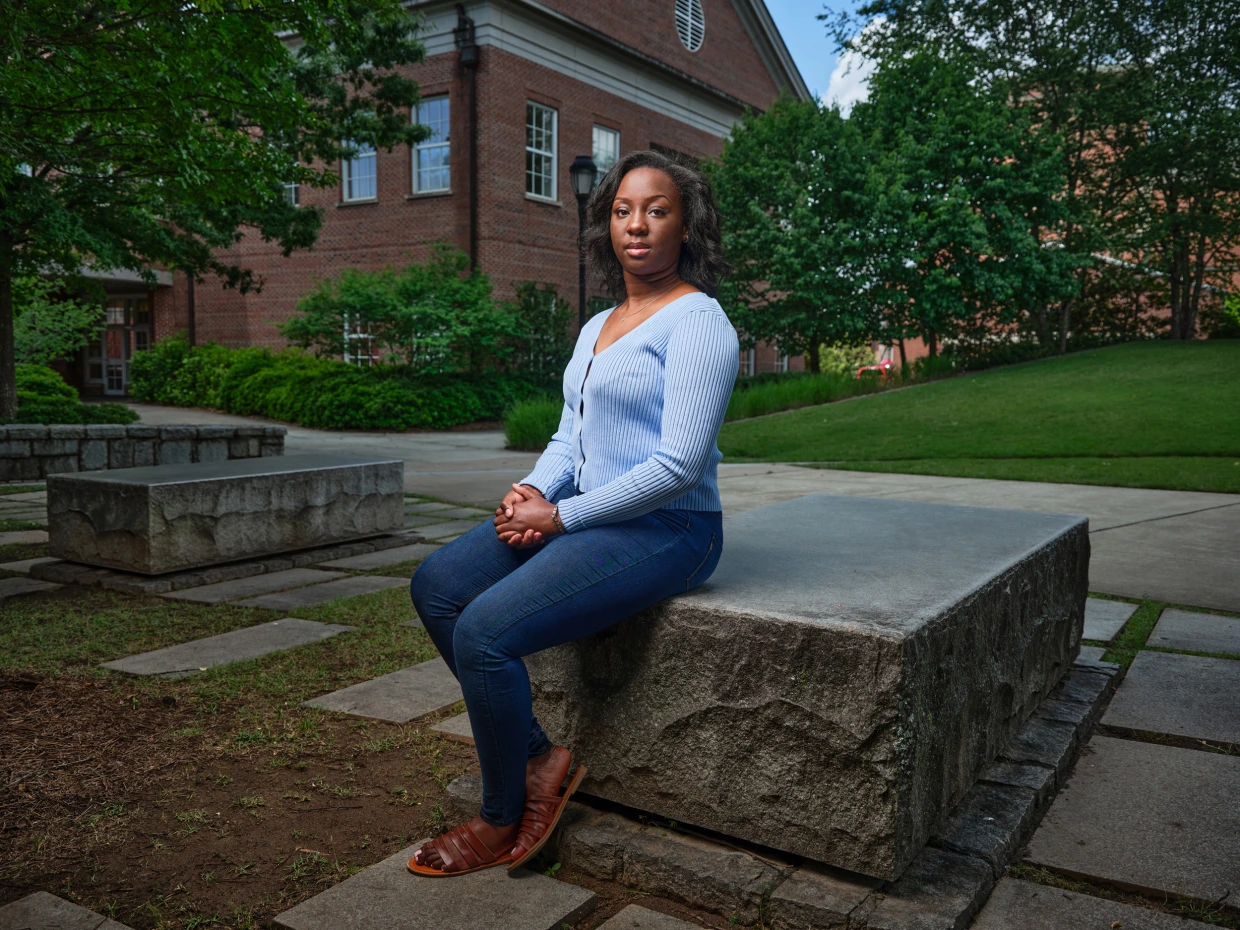
ATHENS, Ga. — Uchenna Ihekwereme walked to the front row of the 150-person auditorium for a political science class at the University of Georgia. She sat down, as she always did, with her back to the sea of white faces. She had become accustomed to being the only Black student in her classes, but it could still be unsettling.
Her hand went up during a discussion when a student compared the Jan. 6 attack on the Capitol with the Black Lives Matter movement. She was the only one to argue that an effort to violently overturn a valid election was different from protesting against police brutality and racism.
“I didn’t want a false narrative to be pushed about the Black community,” Ihekwereme said.
For at least a decade, the University of Georgia has failed to enroll Black students at a rate proportionate to the number of Black high school graduates in the state. In 2020, just 6% of freshmen who enrolled at the university were Black, compared with 36% of the state’s public high school graduates.
Among state flagship universities, UGA has one of the country’s largest disparities between its proportion of Black students and that of Black high school graduates from the state — second only to the University of Mississippi.
Such racial disparities may be concentrated in the South, but they are pervasive throughout the country. There are 13 flagship universities where the gap between the percentage of Black students who graduated from public high schools in that state in 2020 and Black freshman enrollment is 10 percentage points or more. And at 30 of these universities, the gap has stayed the same or grown in the last five years.
State flagship universities are funded primarily through tax dollars, and their missions include providing an accessible and high-quality education to academically capable residents of their states. They often boast the highest graduation rates among public colleges; provide the top-level academic resources that allow students to succeed; and come with prestige and alumni connections that can launch careers.










